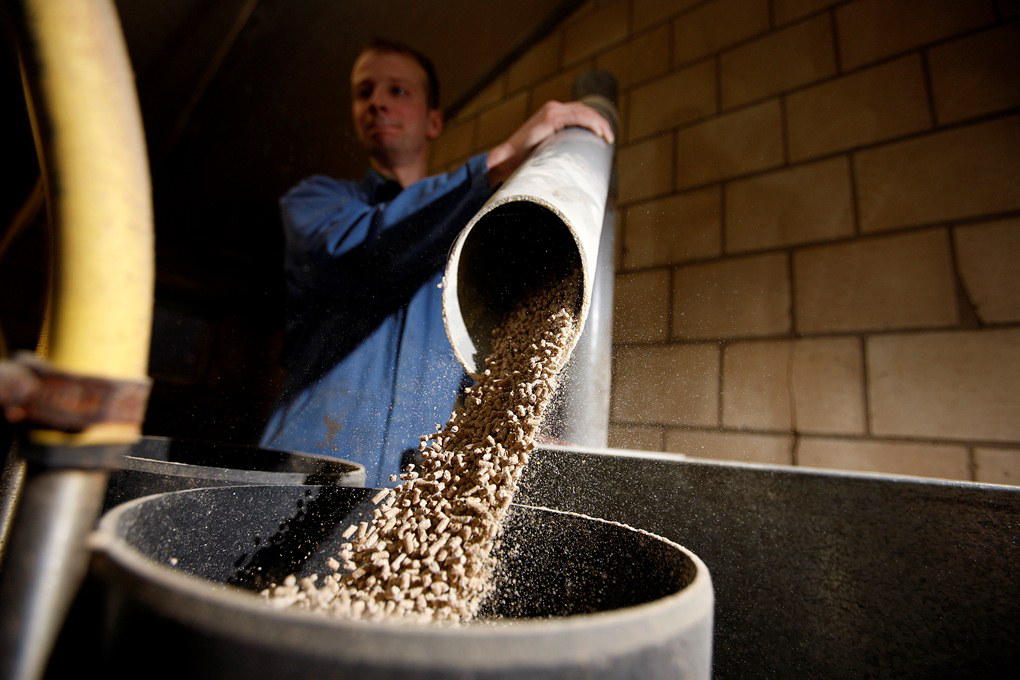Russian ban affects total feed production

This year, it is projected that the compound feed production in the EU-28 will reach an estimated level of 153.6 million tonnes. This is 0.6% less than in 2013, according to data provided by Fefac members. Main reason is found in the Russian ban on a range of agricultural products and the increased use of forages in dairy cattle.
While pig feed and cattle feed production dropped by resp. 1.0% and 1.5%, poultry feed has seen its volume of production grow by +0.6. This was also noted by animal nutrition company Alltech in its global feed survey. As a consequence, poultry feed consolidated its position of leading segment of EU compound feed production now well ahead of pig feed.
Russian ban had great impact
The most important factor having impacted feed production in 2014 is certainly the Russian ban that started already in February 2014 as far as pig meat is concerned and put additional pressure on farmers, especially pig and dairy farmers. The ban was further expanded later in the year. The good availability of forages due to favourable weather conditions and the sharp drop in dairy prices affected significantly the demand for compound feed for dairy cows, which did not benefit at all from the 5% increase in milk deliveries in 2014.
Growth primarily in Poland
Poland has been among the largest producing countries and performing well, with annual growth of almost +7%. German feed production remained stable and France, Spain, Italy, UK and The Netherlands saw their production fall by 0.7 to 1.9%. Germany strengthened its position as leading EU country in terms of total compound feed production, ahead of France and Spain that are shoulder to shoulder.
Decrease expected for 2015
Fefac market experts foresee a stabilisation in poultry feed production, a further reduction in pig feed production (-1%) and a more significant reduction in cattle feed if the dairy market does not recover quickly (-1.5%). Overall, this would lead to a 0.5% decrease in compound feed production in 2015 vs. 2014. A number of changes will intervene in 2015: the entry into application of the CAP, with the application of the greening measures that may affect the supply of grains and oilseeds, but also the end of the milk quota. The ongoing negotiations with Russia on sanitary aspects, if concluded positively, could reactivate exports of certain pig products to Russia and alleviate the pressure on the pigmeat market.
South American harvest looks promising
Feed quotations have been on the downward trend in 2013 and 2014 and the good global 2014 grain and oilseed harvest is expected to maintain this trend in the beginning of 2015. The South American soy harvest looks also promising, as seen in the Brazilian state Mato Grosso for example. However, prudence is required, in particular as regards the EU grain harvest 2015.
In the EU-28, Greece, Malta and Luxembourg are excluded. The final estimate and detailed breakdown of the 2014 results will be presented on the occasion of the 58th FEFAC General Assembly on 10 June 2015 in Cologne.











